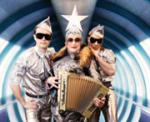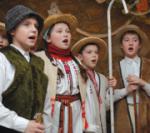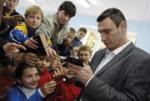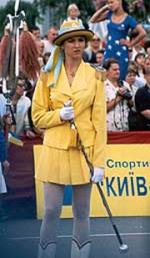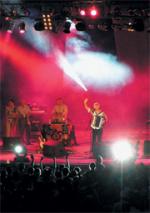From personal experience

Vishal Ratnakar, theoretical physicist (India-Ukraine)
I graduated from Kharkiv State University in 1991. The Kharkiv School of Theoretical Physics was known throughout the world. Now I work as a consulting engineer at an international company. My knowledge of the Ukrainian mentality and the skills of gripping any subject quickly, which I acquired at the university, have proven very helpful in my current job. The only recommendation I have for my countrymen who are going to come to Ukraine to study is that you must learn, first and foremost, that the front passenger seat in a car here is on the right side. The rest is easy to learn.
Firsthand
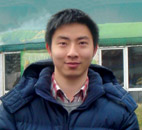
Wu Li, Manager (China-Ukraine)
This year I have graduated from a higher educational institution in Kyiv and obtained a diploma. Currently, I am an intern at an international travel company operating in Ukraine. In the future, I plan to manage the business of a Chinese company in Ukraine’s market. I have the necessary knowledge for this, and cooperation between our two countries is on the rise. Besides, I have many good friends here. I would like to warn my compatriots who want to come to Ukraine that winters here are the same as in the northern provinces of China. So, do not forget warm clothes. But it is much warmer in the houses.
Not from hearsay
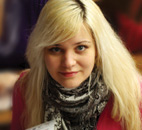
Olga Nemirovskaya, future lawyer (Russia-Ukraine)
Two years ago I decided to enter an educational institution in Kyiv and now I am here, studying. First, it is cheaper than in Moscow. Second, I have relatives and friends here who can support me. And third, I looked for new impressions, new places, and new discoveries. Kyiv proved the right choice for me. It combinesbeauty, antiquity, and the rapid rhythm of life typical of other big cities! I would like to say to my countrymen who are contemplating study in Ukraine that I study here in Russian and communicate in Russian as well. As for Ukrainian, it is a friendly and understandable language. I can already speak it a little. It’s cool!
